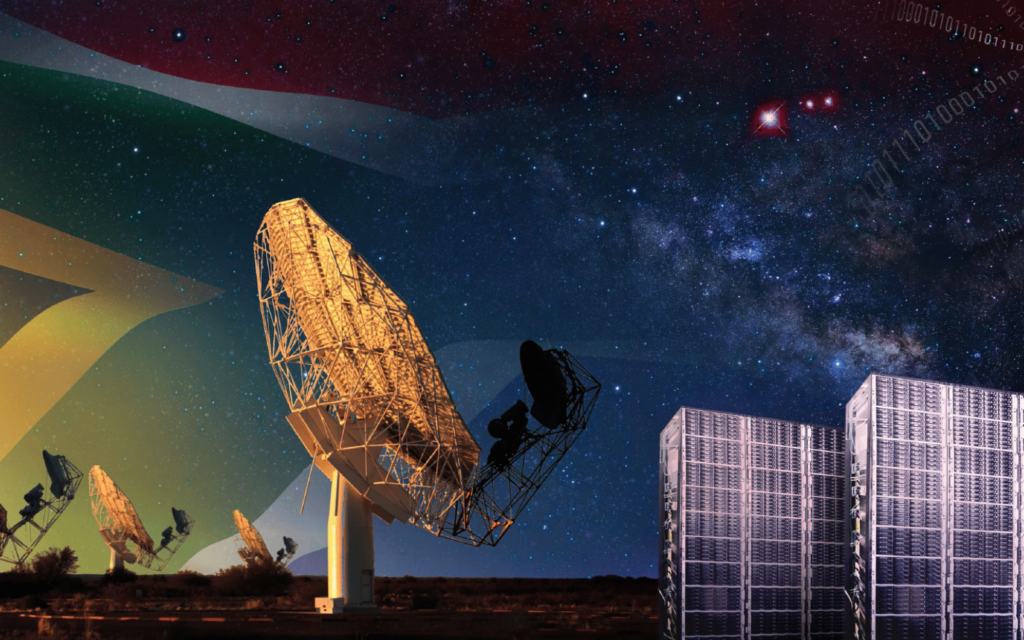South Africa’s MeerKAT radio telescope array has already amassed quite a string of feats. It has provided new information about the universe, banded together to see more, and even picked up an absolutely spectacular shockwave in space. But now it’s time for something different.
The radio telescope will embark on something altogether new. MeerKAT is about to start hunting for alien life. It’ll do this with a brand new Breakthrough Listen compute cluster. This is “…the most powerful digital instrumentation ever deployed in the search for technosignatures”.
MeerKAT on a mission
The Breakthrough Listen program isn’t just confined to South Africa and MeerKAT. Part of its observational work is being done by the Green Bank (USA) and Parkes (Australia) telescopes, among others. While the American and Aussie ‘scopes are mobile and tend to look around the night sky, MeerKAT won’t be doing that. Because it can’t.
And it doesn’t need to. “MeerKAT consists of 64 dishes, which can see an area of the sky 50 times bigger than the GBT can view at once,” said Breakthrough Listen’s Dr. Andrew Siemio. “Such a large field of view typically contains many stars that are interesting technosignature targets.”
“Our new supercomputer enables us to combine signals from the 64 dishes to get high-resolution scans of these targets with excellent sensitivity, all without impacting the research of other astronomers who are using the array.”

The Breakthrough Listen search will seek out binary signals in deep space. These could indicate signs of intelligent life, though we’re far more likely to be picking intergalactic podcasts than any directed messages. Still, South Africa’s radio telescope array allows for the search area to be massively expanded. A thousand times more objects are available to our array but the search will begin in a very specific location.
Proxima Centauri, Earth’s closest neighbour, seems to have two candidate planets in the system’s habitable zone. It’s not likely that South Africa will confirm alien life on its first time out, but astronomers have to start somewhere.
The South African Radio Telescope Observatory’s head scientist, Dr. Fernando Camilo, said, “MeerKAT has a remarkable combination of sensitivity and survey speed, which makes it a wonderful telescope for SETI.”
“The telescope was planned and developed here in South Africa, and it’s very exciting that young South Africans will have the chance to be involved at the forefront of the search for life beyond Earth.”




